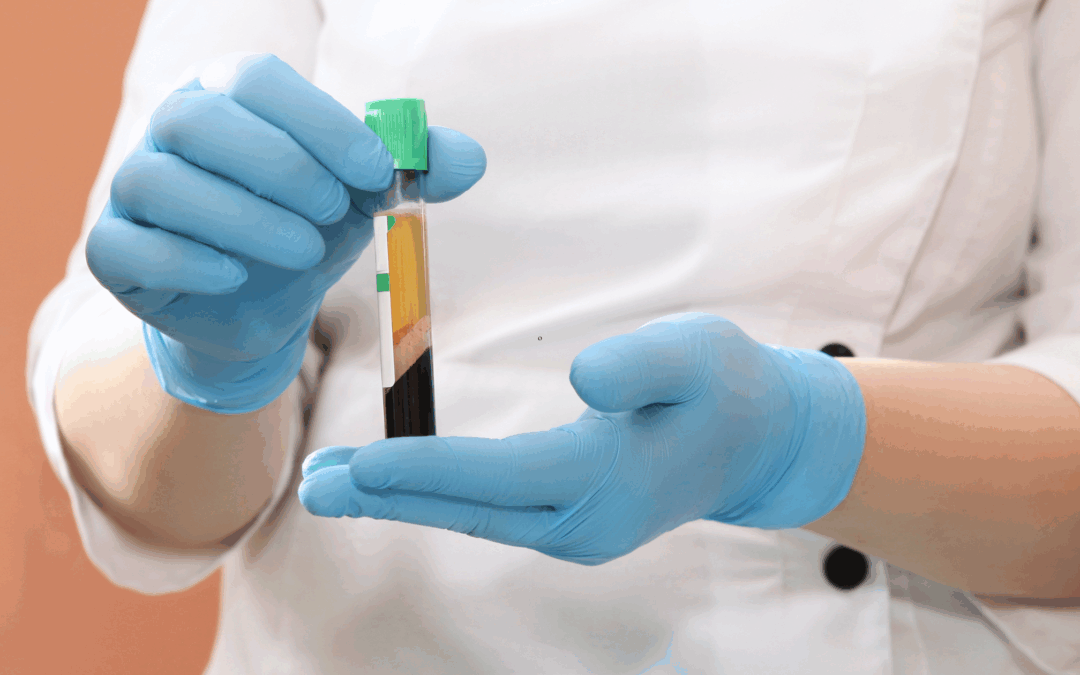Musculoskeletal pain can disrupt work, daily activities, hobbies, and sleep. When injuries or chronic conditions don’t improve with rest or basic treatments, many patients assume surgery is the next step. But today, several advanced non-surgical regenerative therapies can help the body repair damaged tissue, reduce inflammation, and restore function—often without the risks or downtime of an operation.
These modalities aim to support the body’s natural healing processes, making them valuable options for athletes, active individuals, and anyone seeking to avoid surgery.
What Are Regenerative Therapies?
Regenerative medicine focuses on enhancing or accelerating tissue repair. Unlike medications that primarily mask symptoms, regenerative therapies work at the source of the problem. They can support healing in muscles, tendons, ligaments, joints, and even nerve-related structures.
These treatments are minimally invasive and often performed in-office using imaging guidance for precision.
Common Musculoskeletal Conditions That Benefit from Regenerative Care
Regenerative therapies may help with:
-
Tendon injuries (tennis elbow, Achilles tendonitis, rotator cuff injuries)
-
Ligament sprains
-
Mild to moderate osteoarthritis
-
Muscle strains and chronic myofascial pain
-
Plantar fasciitis
-
Joint instability
-
Overuse injuries
-
Degenerative disc or facet-related spine pain (in selected cases)
Key Non-Surgical Regenerative Modalities
Platelet-Rich Plasma (PRP)
PRP leverages your own concentrated platelets, which contain growth factors that stimulate healing. A small sample of your blood is processed, then injected into the injured area. PRP is commonly used for tendon tears, arthritis, and chronic joint pain.
Benefits:
-
Promotes natural tissue repair
-
Long-lasting pain relief
-
Low risk since it uses your own cells
Platelet-Rich Fibrin (PRF)
PRF is similar to PRP but processed more gently, creating a fibrin matrix that slowly releases growth factors over time. This can provide a more sustained healing effect for hard-to-treat conditions.
Stem Cell–Rich Biologic Therapies
While true stem cell procedures are highly regulated, many clinicians use bone marrow concentrate or other cell-rich biologics to support regeneration in damaged tissues.
Used for:
-
Chronic tendon injuries
-
Severe arthritis
-
Persistent joint instability
Prolotherapy
This involves injecting a natural irritant, often dextrose, to stimulate the body’s healing response. It helps strengthen ligaments and tendons and can improve joint stability that contributes to chronic pain.
Benefits:
-
Helps with joint laxity
-
Non-pharmacologic
-
Good option for chronic ligament injuries
Why Patients Choose Regenerative Therapies
-
Avoiding surgery and downtime
-
Faster recovery compared to surgical options
-
Reduction in chronic inflammation
-
Long-term improvement in pain and function
-
Potential to treat underlying causes rather than masking symptoms
When to Consider Regenerative Treatments
You may be a good candidate if you:
-
Have persistent pain despite physical therapy, activity modification, or medications
-
Have been told surgery is an option but want to avoid or delay it
-
Prefer a more natural, biologic approach to healing
-
Want to return to activities sooner
-
Have soft tissue, joint, or mild spine-related pain
A pain or musculoskeletal specialist can help determine which regenerative option aligns with your condition and goals.
Final Thoughts
Non-surgical regenerative therapies are transforming how we treat musculoskeletal pain and injury. By activating and supporting the body’s own healing mechanisms, these treatments offer a path to recovery that is less invasive, more natural, and often highly effective.
If you’re dealing with ongoing pain or an injury that isn’t healing as expected, regenerative medicine may offer the solution you’ve been looking for.
